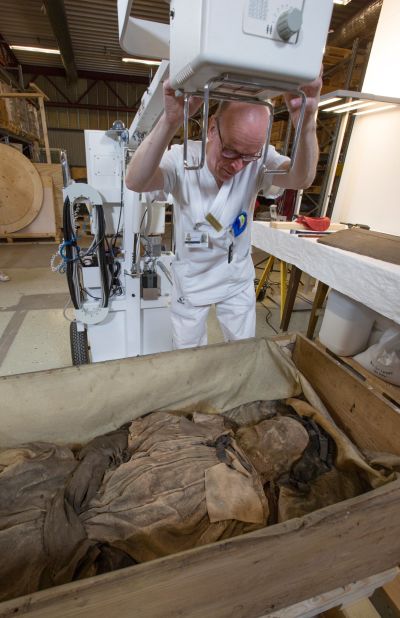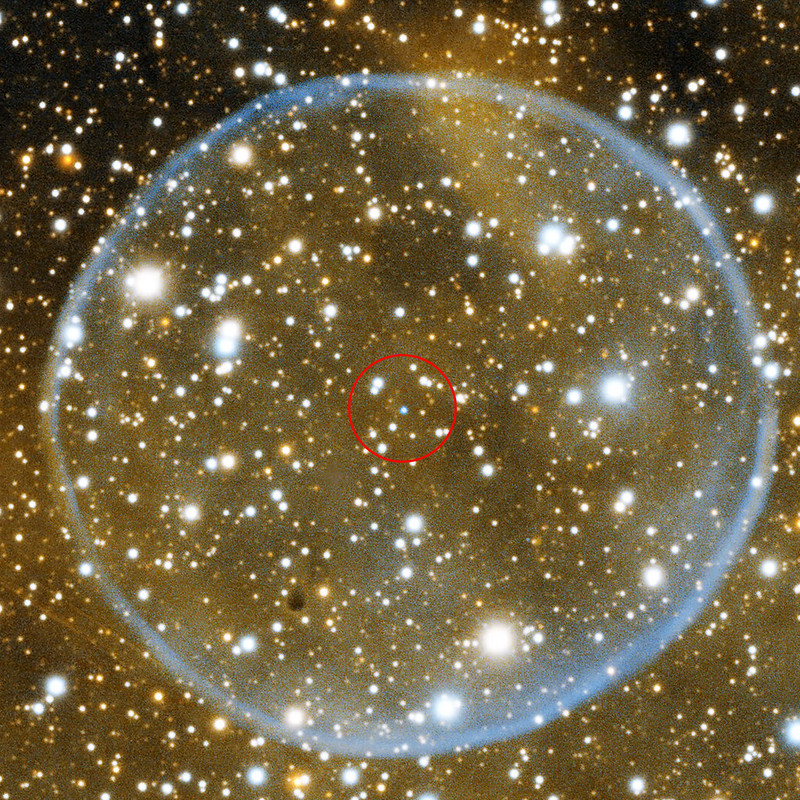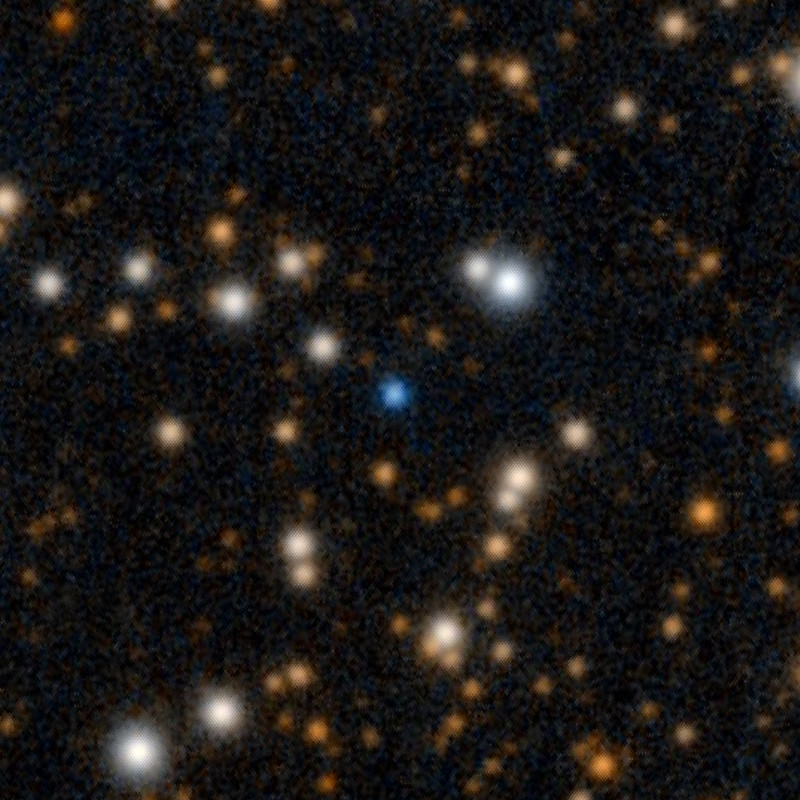emc wrote: ↑Mon Sep 04, 2023 4:45 am
Beautiful colors! How’d they do that?
Well, sigh. I guess I'm the one who should say something about it, as I am the self-appointed Color Commentator of Starship Asterisk*. Problem is, I'm not too interested in dying or dead stars. In fact, I find them somewhat depressing.
Of course I realize that on the grand scale of things, stars die, and accepting that is accepting the laws of the Universe. But the grand scale of things is one thing, and looking at an individual dead or dying star is something else.
(To make a morbid comparison here, imagine if no human being who was ever born had ever died. The very thought of it boggles the mind, and it helps you accept that, yes, people die, and we have to die, because otherwise life on Earth would be impossible. But that realization doesn't mean you have to take "a happy and positive interest" in individual people belonging to the same time frame as yourself transitioning from the living to the dead state. Although I admit it was interesting to see the possibly accidentally mummified 17th century bishop that was found in a wall in the cathedral of Lund, Sweden.)
Anyway. The colors of this APOD. I was looking for technical information on this image, but the only info I could find was in Arabic, so that wasn't helpful to me. But a good way to figure out how a picture may have been produced is to compare it with other pictures of the same object(s), where technical information is available.
Crescent and Bubble Nebula. Image Credit: Iván Éder
We can tell at a glance that Abdullah Al-Harbi's image is "bluer" than Iván Éder's. As for the technical information on Iván Éder's image, it is
here. We are told that Iván Éder used an Ha (hydrogen alpha) and an OIII filter for his image, plus "unfiltered DSLR images" (whatever that means).
So Iván Éder photographed the Crescent and Bubble Nebula through a narrowband hydrogen alpha filter of this color,
███, and a narrowband OIII filter of this color,
███, and then, in final production, the OIII channel was mapped to a blue color, possibly something like this:
███.
So I think we can say that what looks blue in the portrait of the Crescent Nebula in both the APOD of today and in Iván Éder's image is doubly ionized oxygen, or OIII. This emission is typically found near highly energetic stars, such as Wolf-Rayet stars and the central stars of planetary nebulas. But OIII is normally only found in extremely rarefied conditions, because the emission of OIII can be hindered by the presence of too many other ions, atoms or molecules, or at least that is how I understand it.
We can see that Abdullah Al-Harbi has processed his image in such a way as to emphasize the OIII emission of the two nebulas. The little Bubble Nebula is not rich in OIII, but it does contain some OIII, and enhancing the OIII channel makes the Bubble Nebula stand out against the background. Because the background contains no appreciable OIII at all. That makes the Bubble Nebula definitely easier to spot in Abdullah Al-Harbi's image than in Iván Éder's.
As for the background, it looks "natural" to me in both images. The star colors look normal. So both photographers have used more data for their final images than can be gleaned from just Ha and OIII filter images.
Ann
 Cygnus: Bubble and Crescent
Cygnus: Bubble and Crescent


